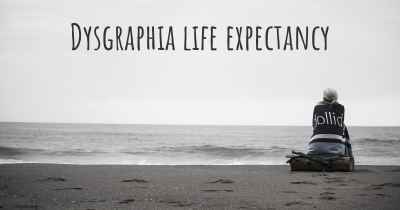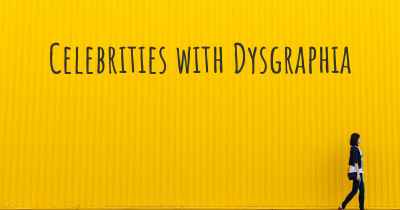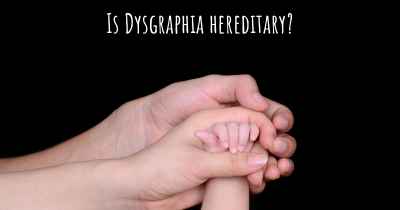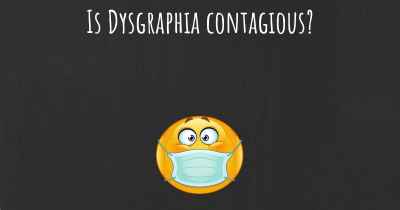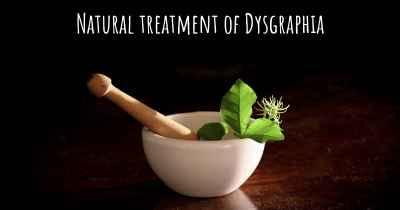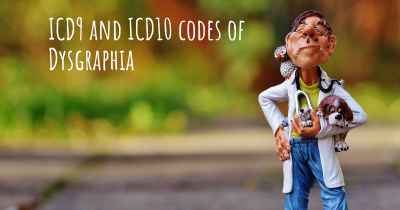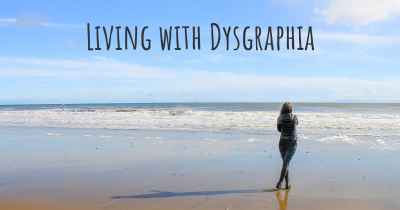What are the latest advances in Dysgraphia?
Here you can see the latest advances and discoveries made regarding Dysgraphia.
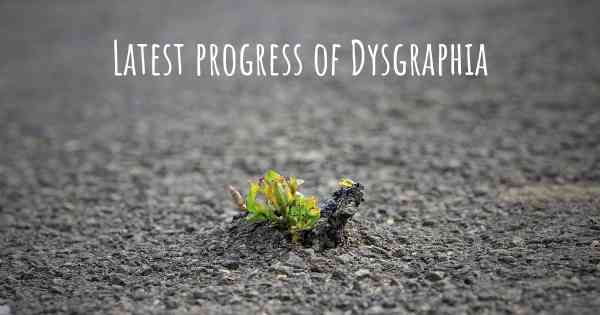
Dysgraphia is a learning disorder that affects a person's ability to write coherently and legibly. It can manifest as difficulties with spelling, grammar, punctuation, and organizing thoughts on paper. While there is no cure for dysgraphia, there have been several recent advances in understanding and managing this condition.
1. Assistive Technology: One of the most significant advancements in dysgraphia is the development of assistive technology. These tools help individuals with dysgraphia overcome writing challenges and improve their written communication skills. For example, speech-to-text software allows users to dictate their thoughts, which are then transcribed into written form. This technology not only helps with spelling and grammar but also reduces the physical effort required for writing.
2. Digital Platforms: The rise of digital platforms has provided new opportunities for individuals with dysgraphia. Online writing tools and platforms offer features such as predictive text, auto-correction, and grammar suggestions, which can significantly support individuals with dysgraphia. These platforms also allow for easy editing and revising, reducing the frustration often associated with traditional pen-and-paper writing.
3. Multisensory Approaches: Multisensory approaches have gained recognition as effective interventions for dysgraphia. These approaches engage multiple senses, such as touch, sight, and hearing, to enhance learning and memory. For example, using textured surfaces or writing in sand can help individuals with dysgraphia develop muscle memory and improve letter formation. Incorporating visual aids and auditory cues can also aid in understanding and retaining information.
4. Occupational Therapy: Occupational therapy plays a crucial role in addressing the challenges faced by individuals with dysgraphia. Therapists work with individuals to improve fine motor skills, hand-eye coordination, and writing techniques. They may use specialized exercises, tools, and strategies to help individuals develop better control over their writing movements and improve overall handwriting legibility.
5. Individualized Education Plans (IEPs): Schools are increasingly recognizing the importance of individualized support for students with dysgraphia. Individualized Education Plans (IEPs) are tailored to meet the specific needs of students with dysgraphia, outlining accommodations and strategies to support their learning. These plans may include provisions for assistive technology, extended time for writing assignments, or alternative methods of assessment.
6. Research and Awareness: Ongoing research and increased awareness of dysgraphia have contributed to a better understanding of the condition. Researchers are exploring the underlying causes of dysgraphia, identifying effective interventions, and developing new assessment tools. Additionally, increased awareness among educators, parents, and healthcare professionals has led to earlier identification and intervention, improving outcomes for individuals with dysgraphia.
7. Mindfulness and Stress Reduction: Dysgraphia can often lead to frustration, anxiety, and low self-esteem. Mindfulness techniques and stress reduction strategies have shown promise in helping individuals manage these emotional challenges. Mindfulness exercises, such as deep breathing and meditation, can help individuals with dysgraphia stay calm and focused, improving their overall well-being and reducing the negative impact of stress on writing performance.
In conclusion, the latest advances in dysgraphia focus on leveraging technology, implementing individualized support, and exploring multisensory approaches. These advancements aim to enhance writing skills, improve legibility, and reduce the emotional impact of dysgraphia. With ongoing research and increased awareness, individuals with dysgraphia can receive the necessary support to thrive academically and personally.
